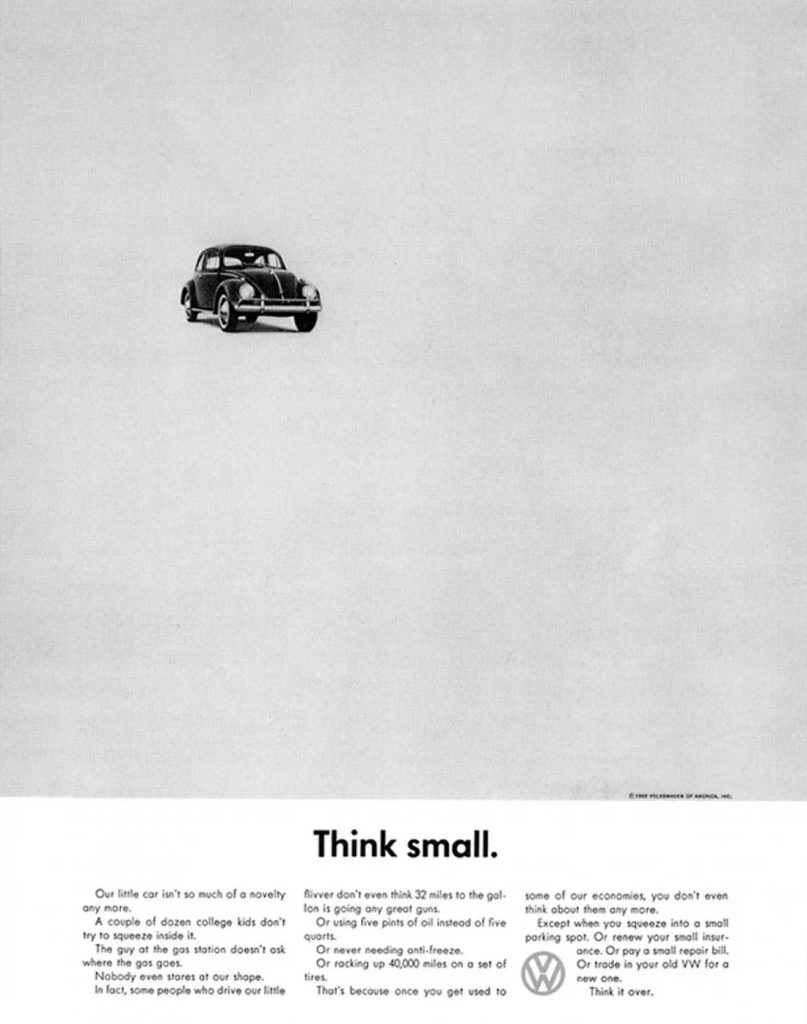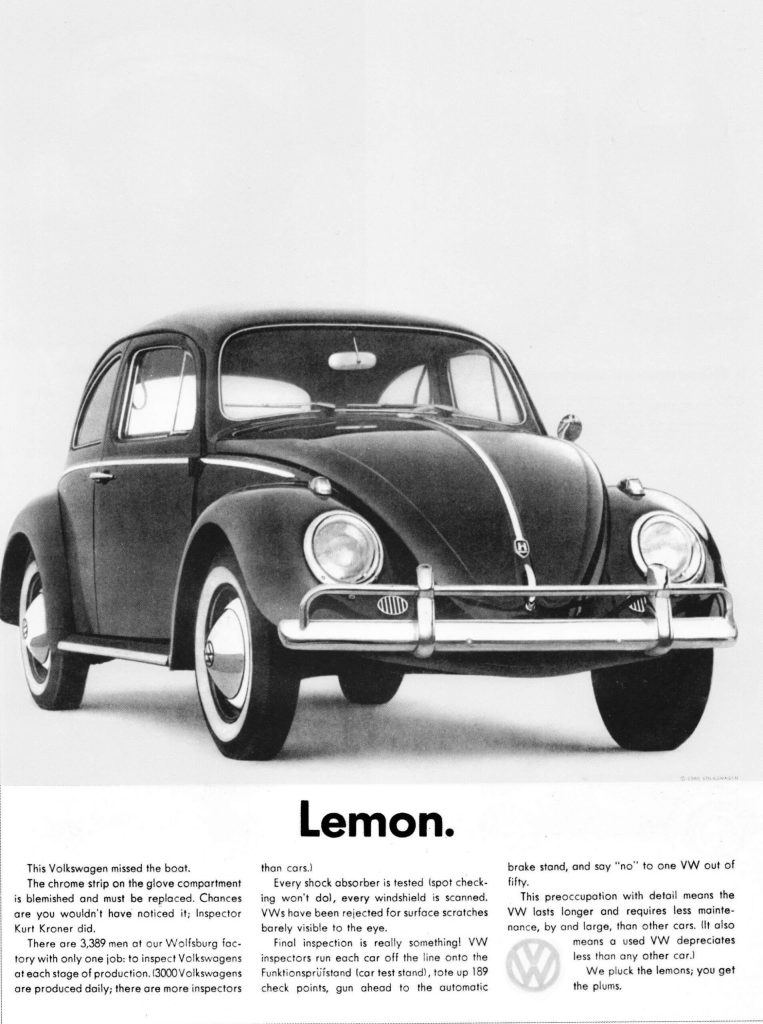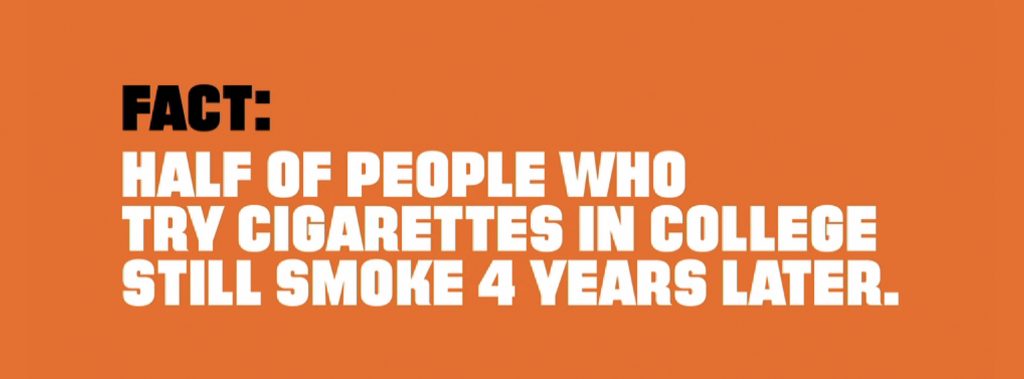Sometimes, with marketing, it can feel like we’re manufacturing cheeriness. What if there was a way to take a break for a bit? While it may sound counterintuitive, when used correctly, negativity can be a great change of pace and take your brand to a new level of memorability. From standing out with self-deprecation to playing with people’s expectations, here are engaging ways to channel negativity in your marketing strategies.
What “Negative Marketing” Is…
Negative marketing taps into, or tries to contextualize, adverse feelings or emotions as a way to connect with an audience. While it can be straightforward—think Wendy’s teasing its customers online—there’s plenty of room for experimentation. With sprinklings of negativity in the right spots, you can get in and stay in people’s heads as:
- A place for truth and clear-cut stances
- A break from the sameness of competitors
- A source of empathy and understanding
…And Isn’t
Negative marketing isn’t an excuse to be antagonistic without repercussions. It also shouldn’t simply add to existing negativity with nothing new or interesting to say. At its worst, negative marketing is misused in a way that’s empty, overly cruel or even unrelated to marketing goals.
5 Ways To Do Negative Marketing
Here are some best practices and examples if you’re ready to try this approach.
1. Stand Out From the Crowd With Straightforwardness
Being a straight-shooter when everyone else minces their words can boost customer buy-in. Just think about it: When you’re saying what everyone else is thinking but not actually saying, you can cut through the monotony and position your offerings or services as better. This technique also builds customer trust.
Example: Alamo Drafthouse’s “Angry Voicemail” Video
Repurposing this negative customer reaction showed movie theater chain Alamo Drafthouse’s commitment to its no-talking rules. Between the censored and uncensored versions, they’ve racked up 7.7 million views so far (with all the positivity in the comment sections maybe being even more impressive) by hilariously showcasing their brand and what it stands for.
2. Try Some Playful Self-Deprecation
While you don’t always want to be the punchline, playing into perceived shortcomings can be endearing and humanizing. Do it in a way that leans into what makes you unique and how apparent flaws are actually strengths.
Example: Volkswagen’s 1959 Ad Campaign


This iconic series happily recontextualized “faults” and detractors’ criticisms as proof of Volkswagen cars being quality-made, distinct, practical and much more.
3. Let Your Insights Do The Talking
Sometimes, it’s best not to pull any punches. Maybe you have that piece of media, quote or data that can make some noise, but you’ve been holding onto it due to fear of reactions. As long as the content has real merit, it may be time to let it speak for itself without too much elaboration. Even if some people end up liking you less, your intended audience will likely connect with your message more than ever.
Example: Truth.Com’s Statistic Ads

While almost all of Truth.com’s anti-smoking and vaping ads are examples of negative marketing, in this case, consider their more minimal ones that feature a hard-hitting fact and nothing else.
4. Drive Urgency And FOMO
Scarcity can rub people the wrong way, but it may be the exact thing needed to push some into acting. This is especially true if it just feels like you’re being transparent about how popular something is or why it’s so essential to have now. Not wanting people to miss out can have a genuineness that makes customers feel more connected and valued.
Example: Amazon’s Stock Numbers

While it’s so simple, highlighting how much of a product is left and a simple CTA to order soon—in urgent red text—can be the difference between someone continuing to browse versus buying.
5. Create “Villains”
When you can personify your customers’ challenges in a very understandable, relatable way, you show that you have your finger on the pulse of their problems. Whether you take a subtle approach or go all in, a “villain” can tie into a common concern in your industry or a more niche one that you think deserves attention. In either case, you can effectively highlight your benefits and create a deeper level of understanding.
Example: Allstate Insurance’s “Mayhem” Ads
Giving a face to car-related chaos was a great way for Allstate to position itself as the all-encompassing, clear-cut solution or “hero.”
Do Negative Marketing on Your Terms
With just the right amount of negativity, you can create some standout marketing. Starting can be as simple as experimenting with your headlines and content or taking a stance on something you’re passionate about, but others aren’t (yet).
Worried that your average marketing has gone from positive to plain? Read how to turn traditionally “boring” topics into exciting ones.




